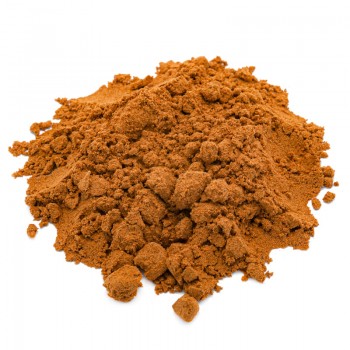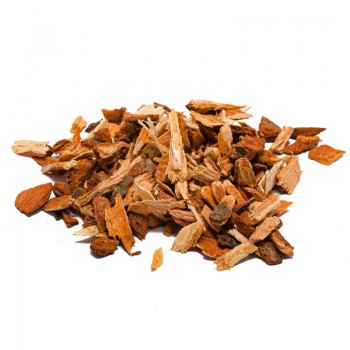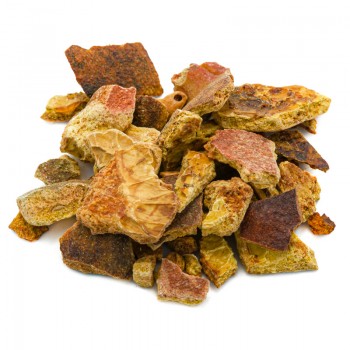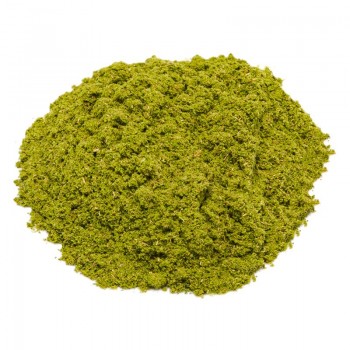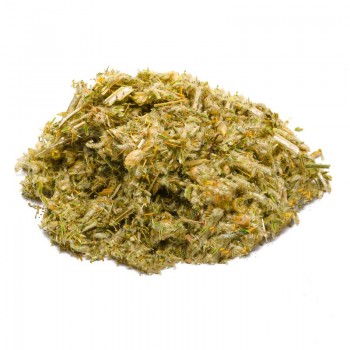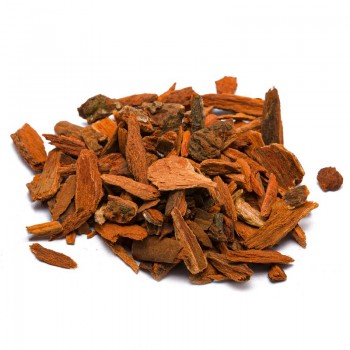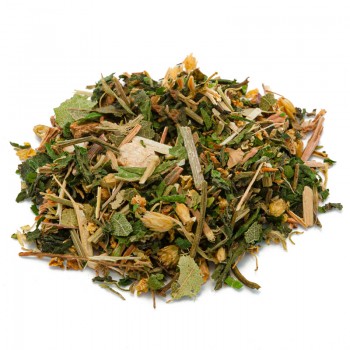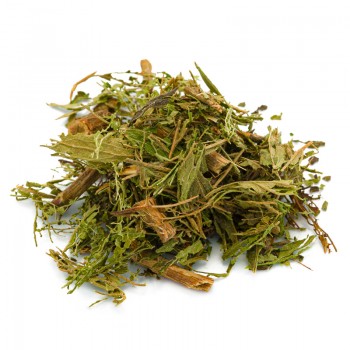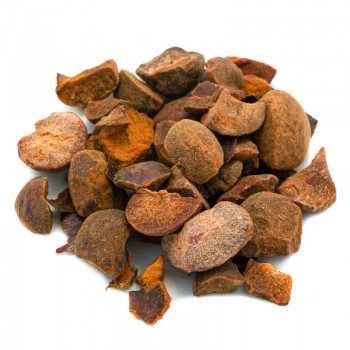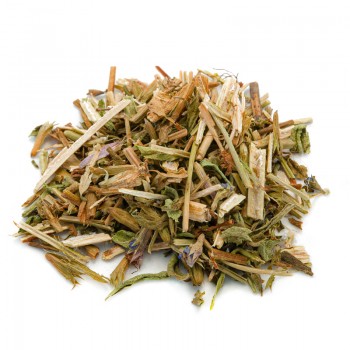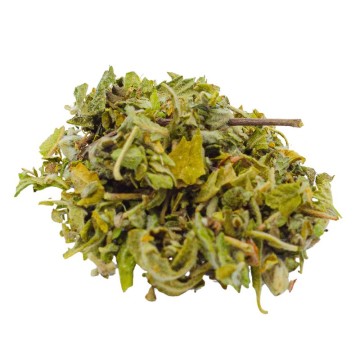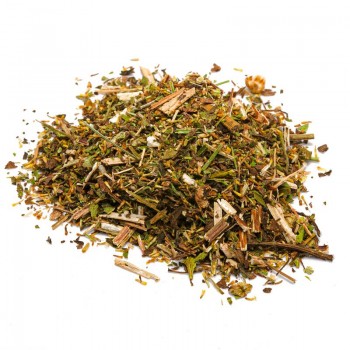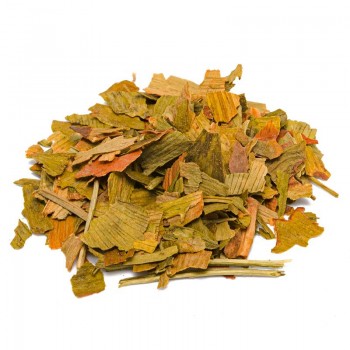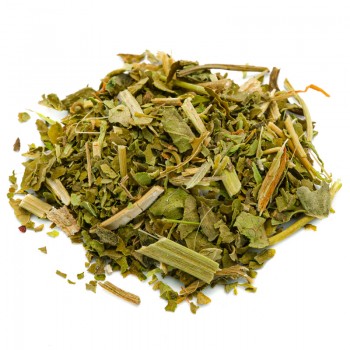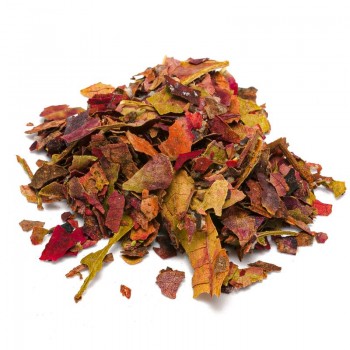This plant, also called Cinchona, is known for its healthy characteristics, and for centuries in herbal medicine, it is the bark of the tree that is used. The well-known antimalarial alkaloid that has determined its notoriety as a medicinal plant is quinine, contained in the bark. However, there are several other advantages of the decoction or infusion of cannulae.
China - Cinchona: properties and benefits
The benefits of Cinchona bark are mainly due to the active compounds in the cinchona bark, which determine its health properties, the alkaloids.
Cinchona is linked to the treatment of malaria, due to the mode of action of the cortex that can be useful in treating the symptoms of fever, and in the past also used as an antimicrobial.
Its beneficial effects are enhanced because it promotes the elimination of toxins from the blood, through the skin and diuresis. Its purifying properties are therefore advantageous in helping the body to expel harmful agents during flu and infections.
In traditional herbal medicine, cinchona bark is used to treat muscle spasms and painful leg cramps.
The cinchona bark in herbal tea can purify the body for proper digestion, fighting intestinal fermentation.
Relieves stomach and gastrointestinal disorders, flatulence and bloating symptoms. In addition, it is useful as a soothing agent in case of stomatitis (inflammation of the mucosa), mouth ulcers and pharyngitis.
Cinchona succirubra, known as red cinchona and which we propose as bark in whole cannulae, has a strong tonic effect on digestive functions.
The well-known antimalarial alkaloid quinine, is also used as a bitter ingredient, to flavor foods and drinks.
It is always the alkaloids that give the bark of the plant a bitter taste, in addition to the catechetical tannin, which makes it strongly astringent. For this reason, its preparation of the bark in whole cannulae can be useful for gastronomic preparations.
Historically, the decoction of the bark was also used in external applications of cinchona, to be applied as a pack on wounds with soothing properties, or as a invigorating pack for the hair .
Origins and History of cultivation
The native plants of the cinchona species are found in the low and medium elevations of the Andes in South America. The cinchona or cinchona, in fact, is the national tree of both Peru and Ecuador.
It was here that the Quechua natives of present-day Peru used the bark of cinchona trees to treat hypothermia and fever.
Today, cinchona is grown in many countries, and the bark is known as the source of the antimalarial drug quinine. It is found in all tropical areas, including several regions of Africa.
Allegedly, the transplanting of cinchona trees in other countries was initiated by Jesuit missionaries, who had harvested the bark in Peru and promoted its use.
The constant need for malaria medicine also led the British and Dutch to plant cinchona in their colonies, establishing plantations in Asia.
It was precisely this property that gave the name to the species, since the botanist Linnaeus called this genus of tree species with the name of the Countess of Chinchon. This is because, according to a legend, the noblewoman promoted the use of the medicinal bark after it was successfully treated for malaria in 1630. The scientific name was later changed from Chinchona to Cinchona.
The active ingredient against malaria, the quinine alkaloid, was isolated in the early 19th century, prompting further tree crops, especially C. ledgeriana and C. succirubra. Today some strains of malaria have become resistant to synthetic quinine, which was developed in the 1940s, which has sparked renewed interest in sourcing natural quinine.
The cortex is known for its past use for the treatment of irregular heartbeat (arrhythmia). Thanks to quinidine, which can give beneficial effects for heart palpitations but must be dosed under medical supervision.
In addition to the use of theplant as an antimalarial, in the bark we find quinidine, used in heart medicine. Cinchona bark also contains a tannin, which is used for laboratory tests.
In the many cultures that use it, cinchona is defined in different ways, including: chinchona, quinine, Peruvian bark, Jesuit bark, fever tree, kinakina.
Plant and flowers
The botanical name Cinchona succirubra defines it as red cinchona (rubra), among the 38 known species in the genus, in the Rubiaceae family.
The species with a high concentration of quinine alkaloids, enough to be cultivated for their medicinal value, are Cinchona officinalis, Cinchona ledgeriana, Cinchona succirubra.
The cinchona species are all evergreen, with dark green leaves, and vary as small shrubs or trees, up to 15m in height.
The flowers can be white, red or pink depending on the species. The most used part is that of the bark of the tree, torn from the tree, dried, reduced to dust or cannulae.
Cinchona officinalis L., is the most commonly used species, and widespread in Ecuador.
Cinchona succirubra Pavon, known as red cinchona, grows spontaneously in the Quito area (Ecuador) and in Peru.
All species of cinchona, with the exception of red cinchona, have the same properties. The variation between them is due to their different concentrations of quinine.
Nutritional values of cinchona
The bark of this plant is used, which contains over 20 alkaloids, from the well-known quinine and quinidine, up to other pairs of alkaloids such as quinine-quinidine and cinchonine-cinchonidine. < / p>
How to use cinchona bark in herbal tea
The cinchona infusion is obtained from the bark in whole cannulae, to be inserted in a cup (250 ml): about 3-5 grams with water at 100 ° C. Leave to infuse for 8 to 10 minutes, before drinking the herbal tea.
Add honey or sugar, if you wish.
In some recipes you can also use the bark for an infusion in cold water, or for decoction, also useful for gargling.
Cinchona bark: side effects and contraindications
Cinchona is considered safe for flavoring tonic water and other beverages.
In the case of infusions or decoctions, some possible side effects such as ringing in the ears, skin rashes should be evaluated.
Pay close attention to the doses, as excess cinchona bark intake is harmful, with symptoms such as nausea, headache, diarrhea and visual disturbances.
Pregnant or breastfeeding women should avoid taking cinchona
Should not be used if you have stomach ulcers, special heart conditions, and myasthenia.

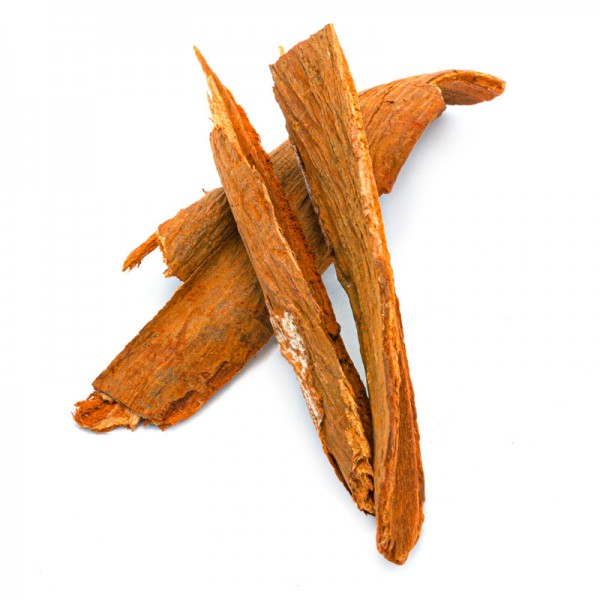









 No reward points for this product.
No reward points for this product.
